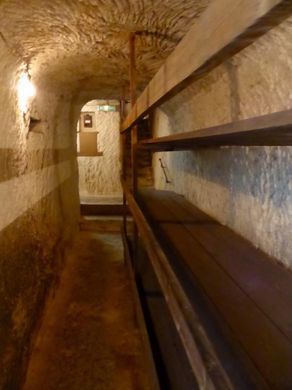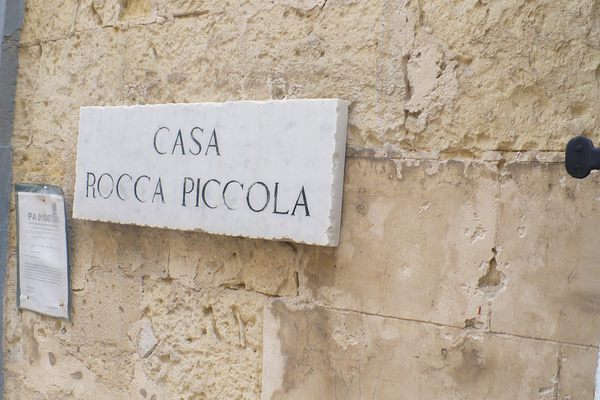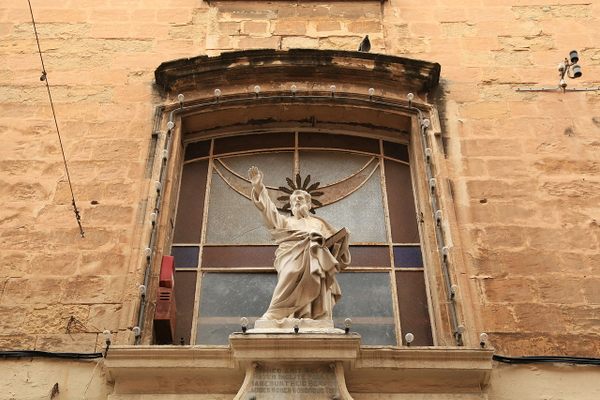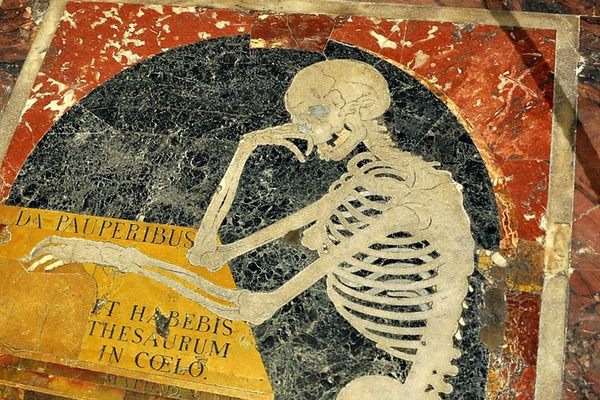Located between North Africa, Europe, and the Middle East, with the deepest port in the Mediterranean Sea, Malta’s capital, Valletta, has long been a strategic fortress. And while the city’s walls protected it from the outside, a network of tunnels underneath the city have also provided protection for centuries.
Malta was part of the Kingdom of Sicily until 1530, when Holy Roman Emperor Charles V leased the archipelago to the Knights of the Hospital of St. John. Today, we know them as the Knights of Malta. At the time, the price per year for the country was a single falcon.
The first recorded instance of the tunnels was during the Great Siege of Malta in 1565. The Ottoman Empire, recognizing the Malta’s importance, attacked the island. As part of their defense, the Knights of Malta dug tunnels underneath the area that would later become the capital city’s place to store water and food. It was even said that during the siege, Ottoman troops and the Knights of Malta both dug tunnels in their battle for the fort, leading to subterranean clashes when one side would break through into the tunnels of the other.
The tunnels underneath Valletta were not purely defensive. Archaeologists say that some are the remnants of a sewer system that was more advanced than many in Europe at the time.
Though the Knights of Malta were dispelled from the island by Napoleon in 1798, Valletta’s tunnels continued to be integral to the geography of the city, and during World War II, they were the difference between life and death for many locals.
As a British colony at the time, Malta was brutally bombed by the Axis Powers in an attempt to take the island and solidify their hold on the North African front. In the course of two years, Axis forces flew more than 3,000 bomb raids over the island, dropping thousands of explosives as they passed. The inhabitants of Valletta took shelter in the city’s secret tunnels. City residents even dug new tunnels in their homes or businesses where they hid with supplies from the constant air attacks.
But Malta held, the key to Allied defense of the Mediterranean.
After the war, Valletta’s tunnels became dormant, until 2009, when a series of tunnels beneath the city was discovered during an archaeological survey to build a new parking garage. Today, some of the tunnels are being restored for public access, but many more still lie quiet and undisturbed beneath the city.
Know Before You Go
The map coordinates are for the Knights Hospitallers history museum, near which a tunnel entrance was discovered.
















Follow us on Twitter to get the latest on the world's hidden wonders.
Like us on Facebook to get the latest on the world's hidden wonders.
Follow us on Twitter Like us on Facebook